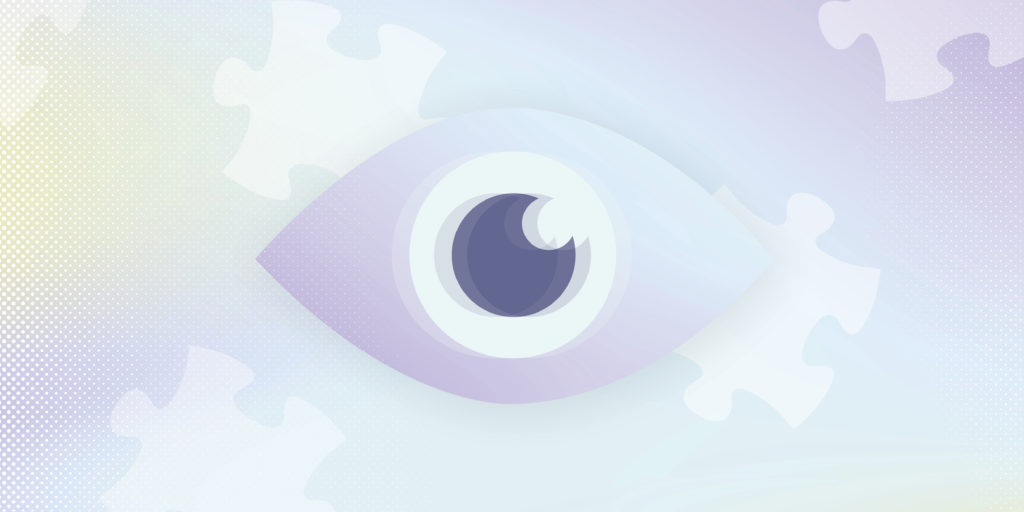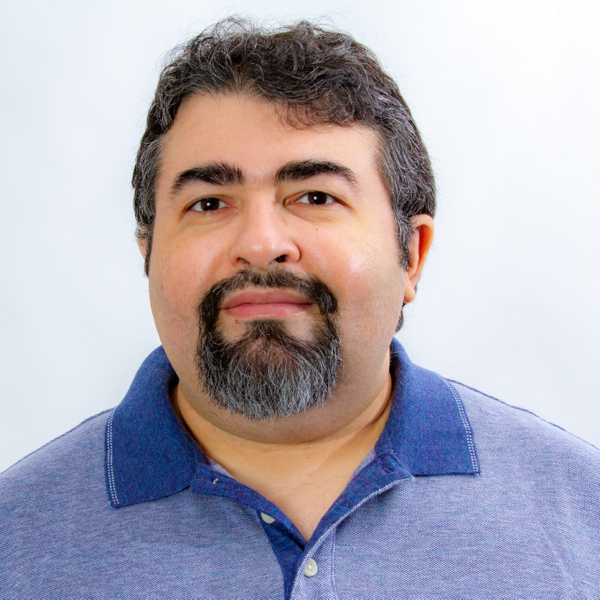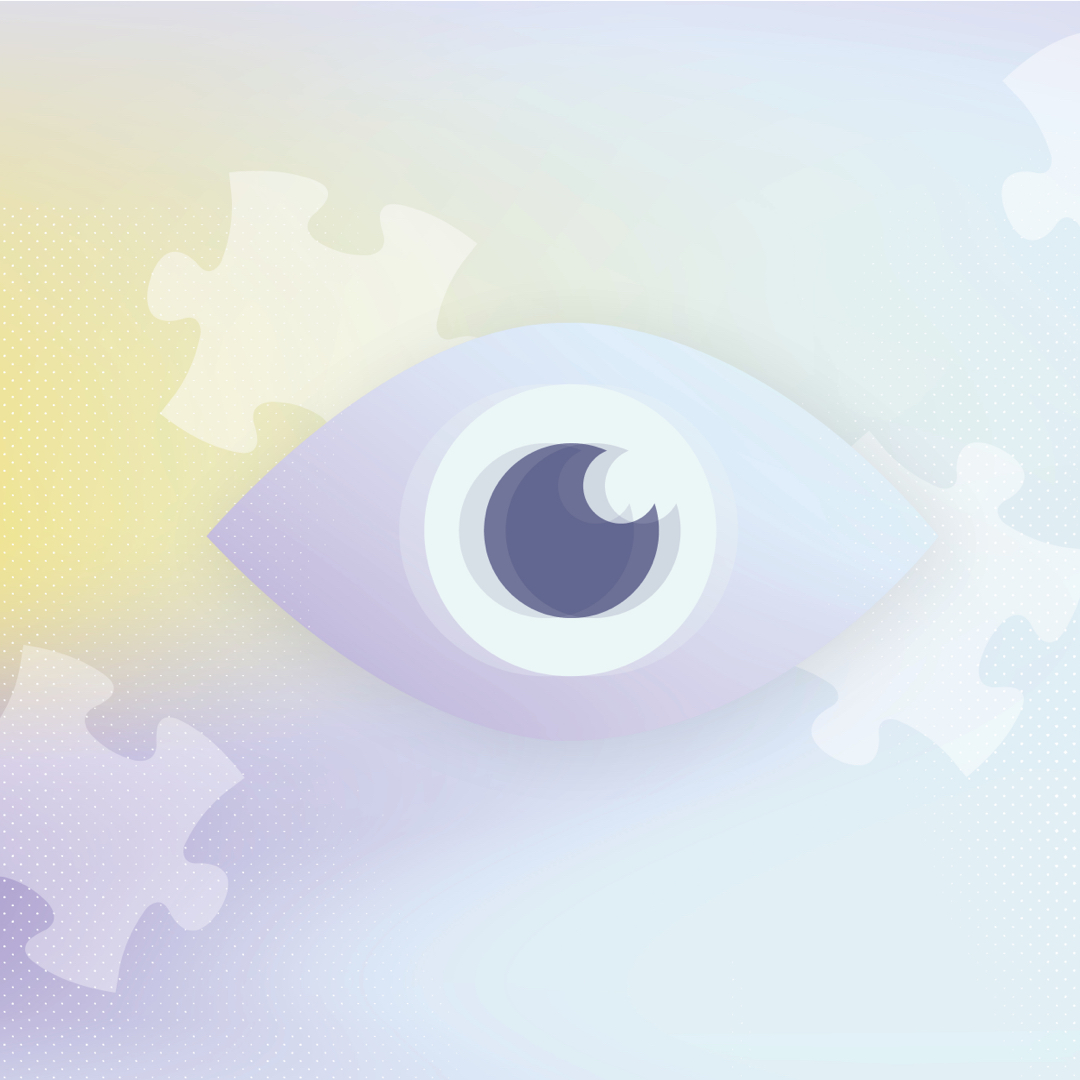

Sponsored by BioMarin
DDx SEASON 5 EPISODE 6
Diagnosing a Rare Neurological Disorder: When Time is Not on Your Side
Summary
This podcast episode is intended for healthcare professionals outside of the U.S. only.
The parents of a 5-year-old girl take their child to a paediatrician. She’s unsteady on her feet and often falls. She can’t speak in complete sentences. They’re told that she’s a clumsy child and that her balance will improve with time, that it’s not an orthopaedic or neurological disorder.
Her father and grandfather had delayed speech, so it’s assumed that her words will eventually come too. But none of that happens.
Instead, this is the first step of a diagnostic odyssey that spans years, as her parents visit specialist after specialist, all trying to solve the mystery of what’s wrong with their little girl.
The child was falling so often, her parents took her to an orthopaedic specialist. After completing the assessments, the orthopaedist let the parents know nothing was wrong with their child’s bones and they needed to see a paediatric neurologist.
But there were no paediatric neurologists near them, so they went to an adult neurologist. When everything came back normal, the neurologist recommended they try again to find a paediatric neurologist. Doing so took almost half a year.
“And then when they went to the child neurologist she asked for a brain MRI that showed the cerebellar atrophy, and said ‘Okay, she has cerebellar ataxia, a neurological disorder,’” says Dr. Charles Lourenço, a professor of clinical genetics and inborn errors of metabolism in the faculty of medicine at São Paulo State University, Brazil.
Since this finding wasn’t present on the previous MRI, it meant that the child’s symptoms were progressing.
Cerebellar ataxia is what happens when the part of the brain responsible for motor control and muscular movement – the cerebellum – is diseased or damaged. The result is a lack of muscle control and challenges with balance, coordination, speech and, eventually, swallowing.
This would explain the patient’s staggering walk, frequent falls, and delays in speech.
But the road from DDx to a specific diagnosis would still be a long and difficult one.
Guest

Dr. Lourenço has been compensated by BioMarin for his participation.
Professor Charles M Lourenço, MD, PhD
Charles M Lourenço is Professor of Clinical Genetics and of Neurogenetics and Inborn Errors of Metabolism outpatient clinics at Faculdade de Medicina de São José do Rio Preto (FAMERP). Dr Lourenço is a clinical biochemical geneticist with a special interest in genetic neurodegenerative disorders. He obtained his Medical Degree at the Federal University of Bahia, Brazil, in 2002, and underwent postgraduate training in medical genetics and then neurogenetics at the Clinical Hospital of the State University of São Paulo, where he also did his PhD. Most recently, he has been involved in a new multidisciplinary clinic at Faculdade de Medicina de São José do Rio Preto (FAMERP), which focuses primarily on investigation of childhood neurodegenerative disorders an, in particular, patients with early-onset cerebellar ataxia and genetic white matter disorders.
Transcript
DDx SEASON 5 EPISODE 6
Diagnosing a Rare Neurological Disorder: When Time is Not on Your Side
RAJ: This season of DDx is sponsored by BioMarin Pharmaceutical Inc.
This podcast is intended for healthcare professionals only.
Opening
RAJ: The parents of a five-year-old take their daughter to a paediatrician.
She’s unsteady on her feet and often falls.
She can’t speak in complete sentences.
They’re told that she’s a clumsy child and that her balance will improve with time.
Her father and grandfather had delayed speech, so it’s assumed that her words will eventually come too.
But none of that happens.
Instead, this is the first step of a diagnostic odyssey that spans years, as her parents visit specialist after specialist, all trying to solve the mystery of what’s wrong with their little girl.
Show Intro
RAJ: This is DDx, a podcast from Figure 1 about how doctors think.
This season is all about rare paediatric disorders.
I’m Dr. Raj Bhardwaj.
Today’s case comes from Dr. Charles Lourenço, a professor of clinical genetics and inborn errors of metabolism in the Faculty of Medicine at São Paulo State University, Brazil.
Dr. Lourenço has been compensated by BioMarin Pharmaceutical Inc. for his participation in this episode.
Chapter 1: Diagnostic Odyssey
RAJ: When our patient was around four years old, her parents noticed that something wasn’t quite right.
DR LOURENÇO: She started falling and then they noticed the waddling gait…
RAJ: The parents first waited to see if their daughter’s condition might improve with time. It didn’t.
DR LOURENÇO: When she went to the paediatrician, she did not have any sign of disease. And she had this funny walking. And he said the parents should wait a little bit, because she was only a clumsy child that will eventually get better over time.
RAJ: This would be one of the first of several red flags, assuming that time was on their side. It wasn’t.
DR. LOURENÇO: But after six months, she did not get better.
RAJ: The patient was falling often enough that her parents needed to make sure that she was under constant supervision to avoid a head injury. And her wide-legged stance continued as she struggled to maintain her balance.
DR. LOURENÇO: And then they decided to go to an orthopaedist, because they thought that the problem was in the legs of the patient. And the orthopaedist took some X-rays, analyzed and said, “No, her bones are fine. She does not have anything in the hip. It should be something neurological.”
RAJ: The parents couldn’t find a paediatric neurologist where they lived, so they took their child to a neurologist specializing in adults.
DR. LOURENÇO: And the adult neurologist evaluated her and thought that it could be a kind of muscle disease, because she did not have any reflexes.
RAJ: In fact, the absent reflexes were a misleading symptom — something we’ll discuss more later.
So, the neurologist ordered an MRI, a spinal tap, to test to see if there was an increased level of protein in the fluid around the brain that would indicate an infectious disease or auto-immune disorder, and an electromyography (or EMG) to assess the health of the patient’s muscles and nerve cells.
But to everyone’s surprise, all the tests came back normal.
The adult neurologist suggested the parents find a paediatric neurologist for more specialized care.
This took nearly half a year.
DR. LOURENÇO: And then when they went to the child neurologist she asked for a brain MRI that showed the cerebellar atrophy, and said “Okay, she has cerebellar ataxia, a neurological disorder…”
RAJ: This wasn’t present on the MRI that had been ordered previously, which means that our patient’s symptoms were progressing.
Cerebellar ataxia is what happens when the part of the brain responsible for motor control and muscular movement — the cerebellum — is diseased or damaged.
The result is a lack of muscle control and challenges with balance, coordination, speech and, eventually, swallowing.
This would explain the patient’s staggering walk, frequent falls, and delays in speech.
But the road from DDx to a specific diagnosis would still be a long and difficult one.
DR. LOURENÇO: But the problem is that you can have a zillion causes of cerebellar atrophy.
RAJ: Yes, cerebellar atrophy has a huge differential diagnosis, some inherited, some acquired. So the paediatric neurologist went to work, testing for autoimmune and infectious diseases.
DR. LOURENÇO: It took like four or five months just doing testing — like lead poisoning, antibodies for the brain — that turned out to be normal.
RAJ: At this point, some clues might have been ignored. Remember, our patient had delayed speech, which points towards a neurodevelopmental disorder as opposed to an acquired one.
DR. LOURENÇO: You should always rule out something that’s acquired before going to the rare genetic disorder. But sometimes you have to divide your brain and think, okay, let’s look for the acquired. But let’s think at the same time, about the rare and maybe doing both at the same time.
RAJ: Two years had passed since our patient’s initial visit to the paediatrician. She was now seven years old… And her condition was deteriorating. By now she was having trouble grasping objects. And she was still having difficulty completing sentences. She could put together a word or two, but nothing more.
DR. LOURENÇO: It seems like they ruled out infections, acquired disease, intoxications, and said, “It might be genetics. They told the parents, I suggest you guys go look for a geneticist.”
RAJ: The waitlist for a geneticist was seven months.
But then something remarkable happened.
DR. LOURENÇO: …And this was the destiny because this child neurologist is my friend. She saw me in the mall one day and said, “I have a child that you need to see this child. I don’t know what to do anymore. Can you do something?” And I said, “Okay. Let’s call her first.” And then in one month, we called her to the evaluation.
RAJ: During the initial visit, one thing really stood out to Dr. Lourenço.
DR. LOURENÇO: The eye movements, for me, they were a clue because when I examined her eye movements, I noticed that she had some problems in the vertical and the horizontal eye movements. This is called ocular motor apraxia.
RAJ: So Dr. Lourenço asked himself, “What conditions in the DDx could cause ocular motor apraxia, progressive cerebellar ataxia, and language delay?”
DR. LOURENÇO: We had mitochondrial disorders, we had Lysosomal diseases. So we went in both directions.
RAJ: Now it’s been narrowed down to two categories of genetic conditions: Mitochondrial disorders – there are over 300 of them and new ones are still being identified — and Lysosomal Disease – there are currently 50, but that list is growing too.
Mitochondrial disorders occur when a cell’s mitochondria stop functioning.
Think of mitochondria as the thousands of microscopic power plants residing in each cell.
They’re responsible for generating approximately 90 percent of the energy our body needs to function.
And when the mitochondria stop working, it can affect every organ in the body.
Lysosomal storage disorders are metabolic diseases resulting from a buildup of toxic materials in the body, when one of the enzymes that helps digest cellular waste is absent or deficient.
Dr. Lourenço was getting closer to a diagnosis. He tested for enzyme deficiencies related to lysosomal storage disorders and also took a muscle biopsy to rule out mitochondrial disorders.
But then a third MRI revealed an important clue.
DR. LOURENÇO: … and this new brain MRI showed some white matter changes. So the neuroradiologist thought it could be a leukodystrophy. Some leukodystrophies are caused by lysosomal disorders.
RAJ: Once our patient started displaying another symptom, the diagnosis became clearer.
DR. LOURENÇO: She starts to have seizures. When she started to have seizures, I said, okay, it’s a lipofuscinosis. But there were 14 lipofuscinosis. That was another problem.
RAJ: The lipofuscinosis that Dr. Lourenço is referring to is one of a group of neurodegenerative lysosomal storage disorders. There are 14 known types labeled CLN1 to CLN14. Symptoms include seizures, progressive loss of motor function, loss of vision and speech, dementia, and eventually death.
Dr. Lourenço performed an enzyme test on the patient.
DR. LOURENÇO: She was positive for CLN2.
Chapter 2: Diagnosis
RAJ: Now all the patient’s symptoms coalesced into a diagnosis, CLN2, or Neuronal ceroid lipofuscinosis type 2 (also known as TPP1 deficiency). It can present across a spectrum of symptoms and ages. The disease is caused by an enzyme deficiency.
DR. LOURENÇO: When you have this enzyme deficiency, you start to accumulate a substance that is highly toxic for the cell. And this starts to cause problems in the way the brain, the cerebellum, works.
RAJ: Damage to the cerebellum explains our patient’s early movement problems and delayed speech.
DR. LOURENÇO: This starts spreading along the brain. And we start to have cognitive decline and seizures.
RAJ: As the neurons start to die the seizures become impossible to manage.
DR. LOURENÇO: The patient does not speak, listen, see anymore. And some at some point the patient even stop having seizures and the parents think, oh, he’s getting better. No, it’s because there is no brain anymore. It reaches a point that the seizures decrease, but not because the patient’s getting better, but because the neurons are dying in the millions, billions.
RAJ: And once Dr. Lourenço had a diagnosis he informed the parents.
DR. LOURENÇO: It was like the end of the world for them, because in the head of the parents, all the hope is gone. It’s sometimes hard because it brings on my mind their faces. At the time, there was no hope. And sometimes it’s hard to try to, to be positive… you can see in the eye of the parents that something broke.
RAJ: After nine years in the care of Dr. Lourenço, our patient succumbed to her illness.
Chapter 3: Lessons
RAJ: This case is particularly devastating because of the late diagnosis of atypical CLN2. Mistakes were made that could have been avoided.
DR. LOURENÇO: The first lesson is that cerebellar ataxia in children that had a previous, normal motor development, it’s always an emergency.
RAJ: When the parents first told their paediatrician that their child had a language delay, followed by problems with their motor development…
DR. LOURENÇO: Okay. There’s two red flags. You cannot just wait. You need to put in differential diagnosis, genetic disorders that combine both of those aspects.
RAJ: So ordering an MRI was the right move, but according to Dr. Lourenço, testing for a long list of auto-immune diseases was not.
DR. LOURENÇO: Brain MRI makes total sense because the patient has cerebellar symptoms, so knew to look for the brain to see if the cerebellum is really affected. But testing for a lot of auto-immune diseases, there was not much evidence for that.
RAJ: And the early finding of absent reflexes was most likely a result of an inaccurate exam. Atypical CLN2 leads to hyper-reflexia, which Dr. Lourenço found in later examinations.
The patient’s symptoms should have pointed towards the necessity of an eye exam.
DR. LOURENÇO: The physicians need to look for the abnormal ocular movements and they need to examine the eye movements in children with any kind of progressive motor symptom.
RAJ: And, finally, a wait and see approach was a mistake.
Show Closing
RAJ: Thanks to Dr. Charles Lourenço for speaking with us.
This is DDx, a podcast by Figure 1.
Figure 1 is an app that lets doctors share clinical images and knowledge about difficult to diagnose cases.
I’m Dr. Raj Bhardwaj, host and story editor of DDx.
You can follow me on Twitter at RajBhardwajMD.
Head over to figure one dot com slash ddx, where you can find full show notes, photos and speaker bios.
This season of DDx is sponsored by BioMarin Pharmaceutical Inc.
This podcast is intended for healthcare professionals only.
For more information on diagnostic testing go to paediatricseizures.com
Thanks for listening.
